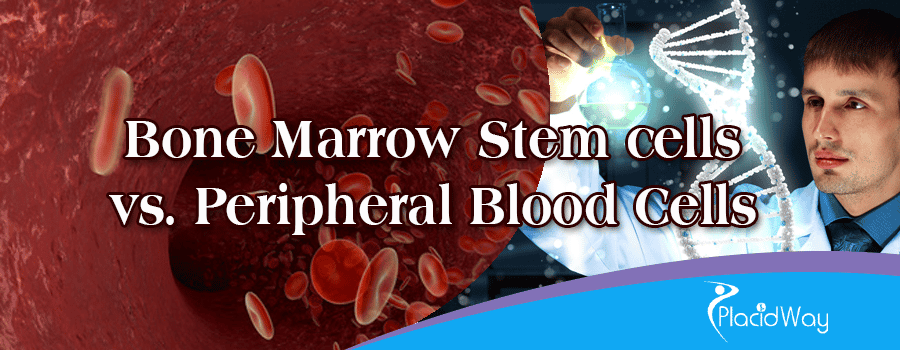
Bone Marrow Stem cells Comparison Peripheral Blood Cells
A few patients have asked about stem cells collected from bone marrow versus the ones collected from the blood stream. Their main concern has been to determine whether they are as powerful as bone marrow stem cells. Here are a few factors to compare between these two techniques:
BY THE NUMBERS: Peripheral blood has very few stem cells in the blood stream compared to the reserves of stem cells found in bone marrow. For example, if you have 100 stem cells in your body, you’ll find about three of them in the blood stream, while 97 in “storage” within bone marrow. We have to remember that blood is formed in bone marrow and then released into the blood stream. Therefore, the previous statement makes complete sense.
Now, is there a way to increase the number of cells in the blood stream? The answer is yes, there is a way to mobilize cells from the bone marrow into the blood stream, usually by medication, where the purpose is to grow colonies of cells to be released into the blood stream. Of course, these drugs may also trigger side effects like dizziness, allergic reactions, and general body discomfort. Most importantly, these medications may trigger abnormal growth of cells to the point of tumor development.
BY QUALITY: Bone marrow produces many kind of cells. By collecting whole bone marrow, you get a cocktail of hematopoietic stem cells (committed for blood cell formation), mesenchymal stem cells (pluripotent cells that can form other types of tissue), 12 growth factors, blood cells and other components. The use of stem cells harvested from bone marrow in therapy makes sense because each of these components play a role in tissue regeneration.
On the other hand, peripheral blood contains many kinds of cells; composed mainly of red cells, plasma and white cells. A very small fraction of white cells may contain hematopoietic stem cells (HSC), which are already committed to blood formation. These HSC are similar to the HSC found in bone marrow, but in fewer quantities. That being said, stem cells from peripheral blood are useful to treat blood conditions, while stem cells from bone marrow are useful for treatment of a wider range of conditions.
BY COLLECTION: In order to obtain a good collection of stem cells from bone marrow, it’s necessary to have the proper doctor and facilities. The process usually involves a needle inserted into the iliac crest, following aspiration of 80 to 130 ml of bone marrow. When performed by a specialist, this process takes about 45 minutes. It does not hurt because local anesthesia (an injection close to the hipbone) is used. The risks are minimal, since performing the procedure in a surgery room prevents infection. Side effects are limited to a tolerable bruise for 2-4 days at the extraction area. Other than this, there are no other side effects.
In order to obtain a good collection of stem cells from peripheral blood, it is necessary to prepare the patient a day or two in advance with a mobilizing drug that releases stem cells from bone marrow into the blood stream and grow cells inside the body. The patient then goes into a hospital unit and is connected to an apheresis process for 4 to 6 hours. This machine takes blood from one arm (needle 1), processes the blood, filters the stem cells, and infuses the remaining components of the blood back into the other arm (needle 2). During the process, anticoagulant is used to prevent clotting. Side effects are standard side effects of anticoagulants: dizziness, nausea and weakness during the apheresis process and a couple of hours afterward.
Conclusion: Bone marrow extraction is the preferred technique utilized by ProgenCell to collect stem cells because, A) the “cocktail” obtained of cells and associated growth factors is more potent than peripheral blood stem cells. B) The number of cells collected is much higher, C) Convenient for the patient: less discomfort, reduced duration of the procedure, and fewer side effects.
Please Click here to request more information from Progencell.



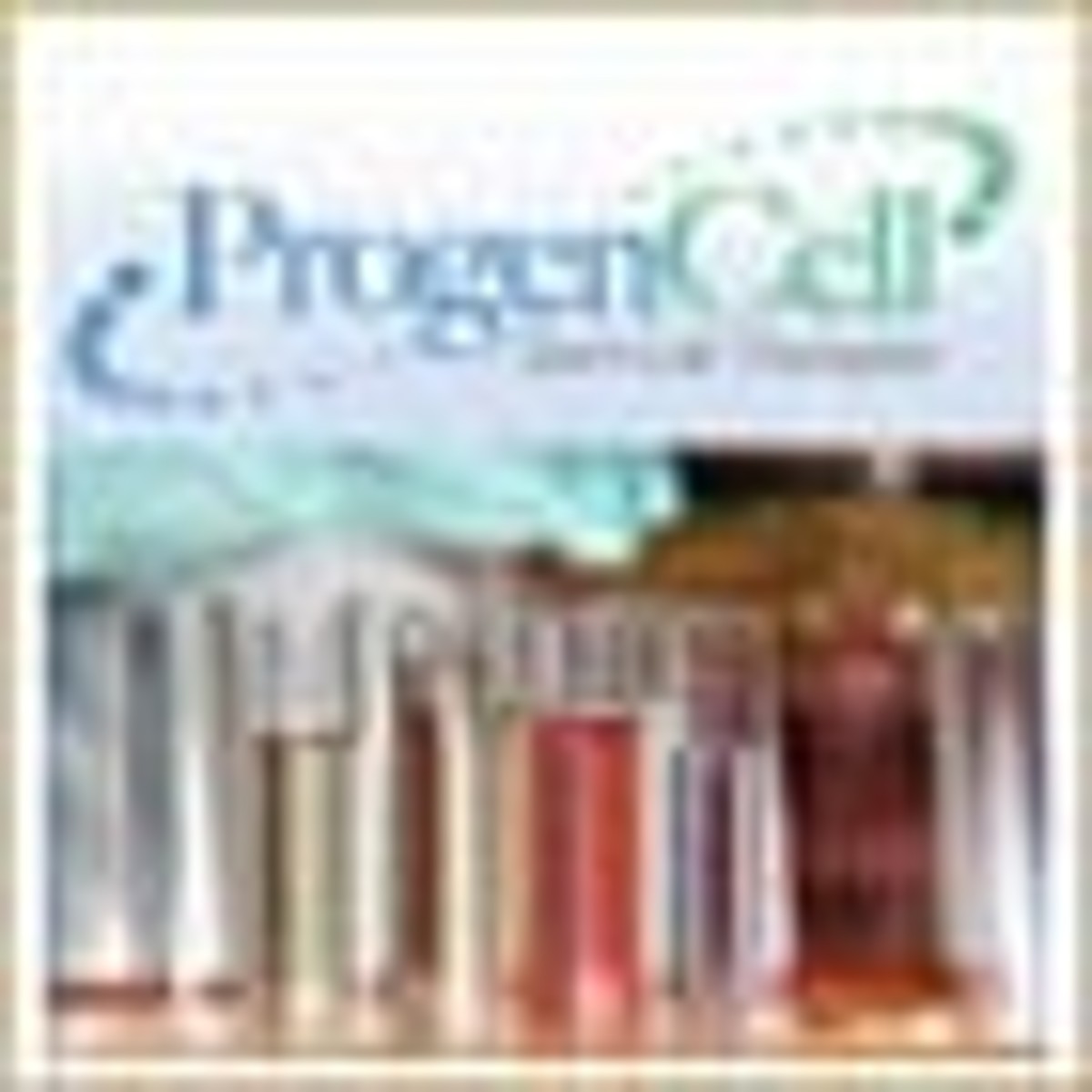




.png)
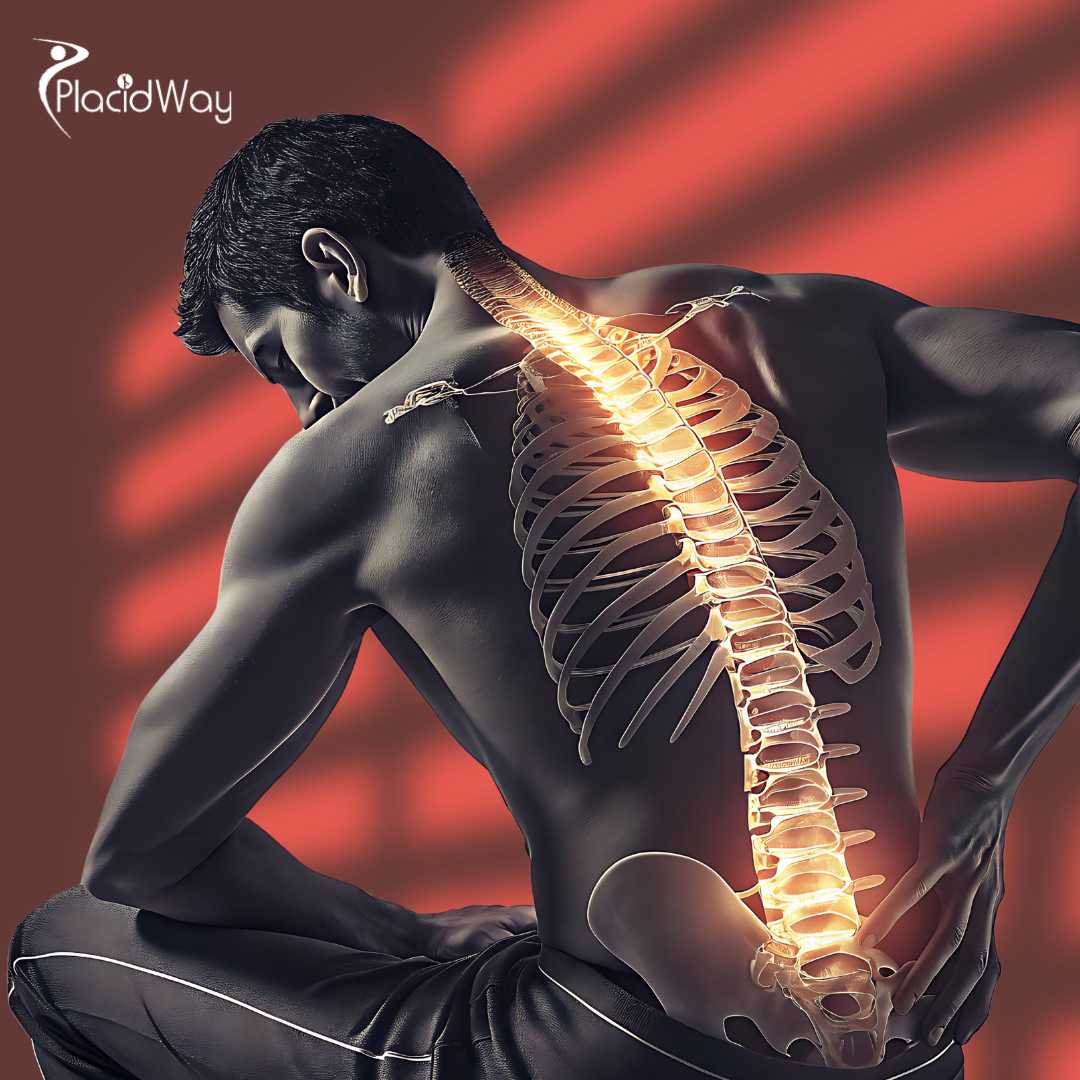

.jpg)
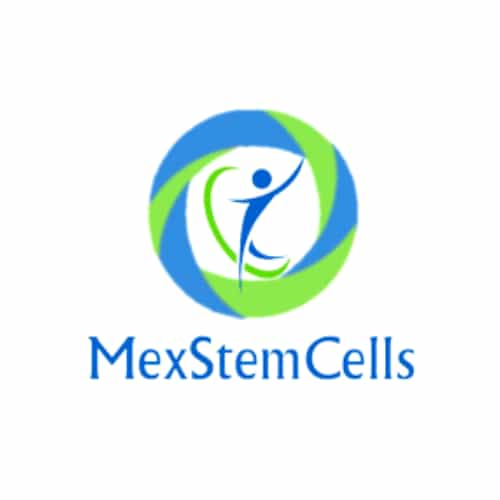


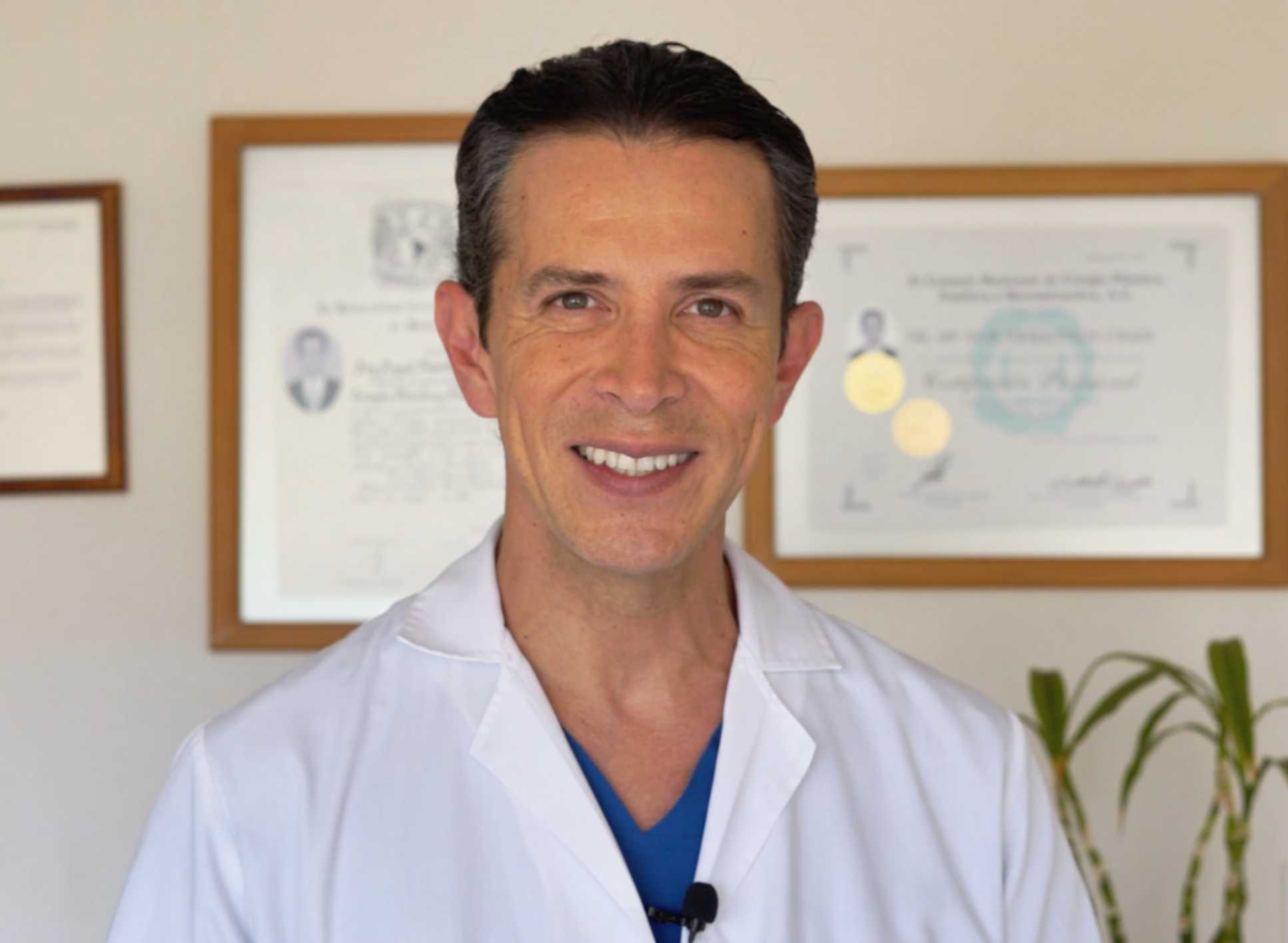
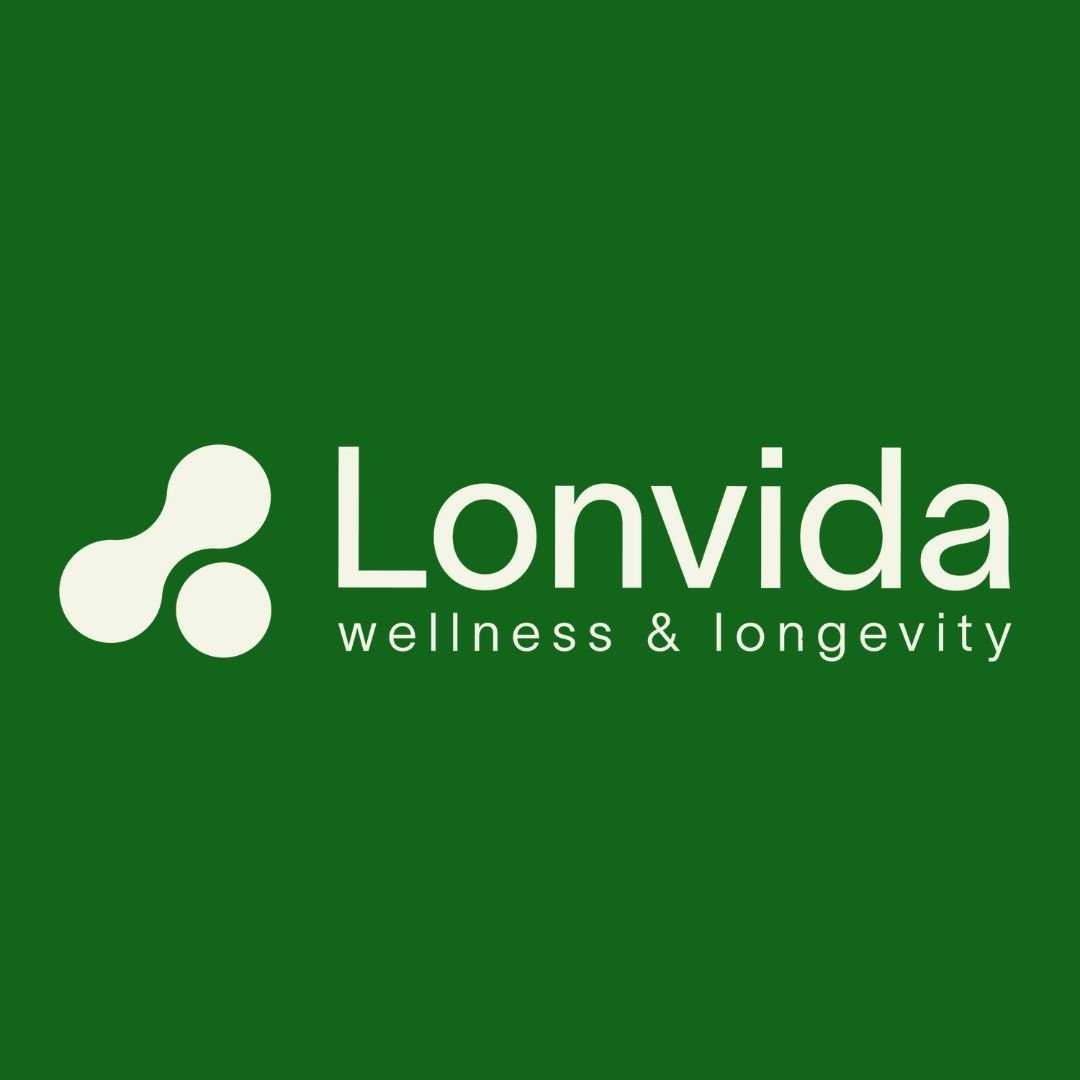

Share this listing